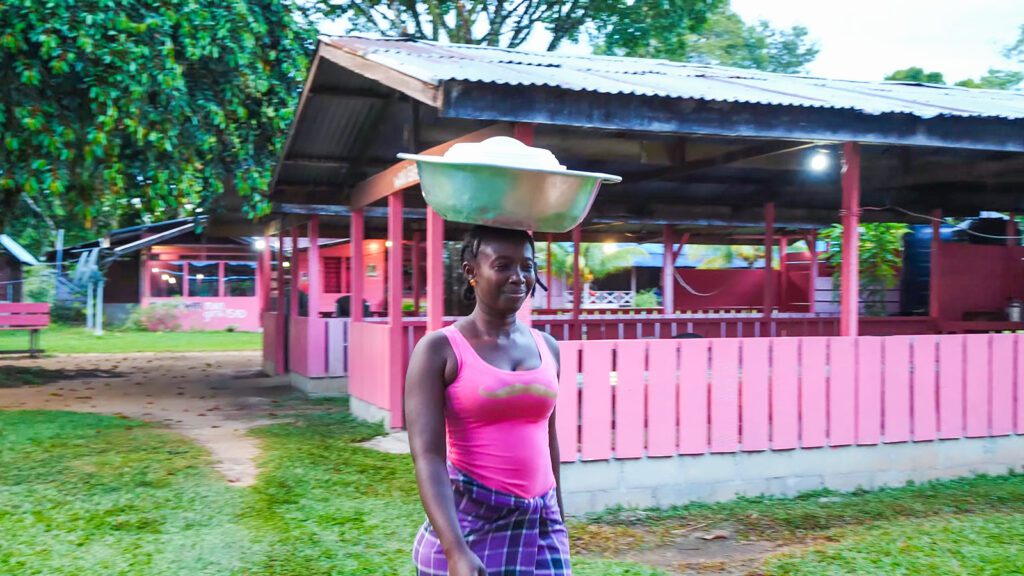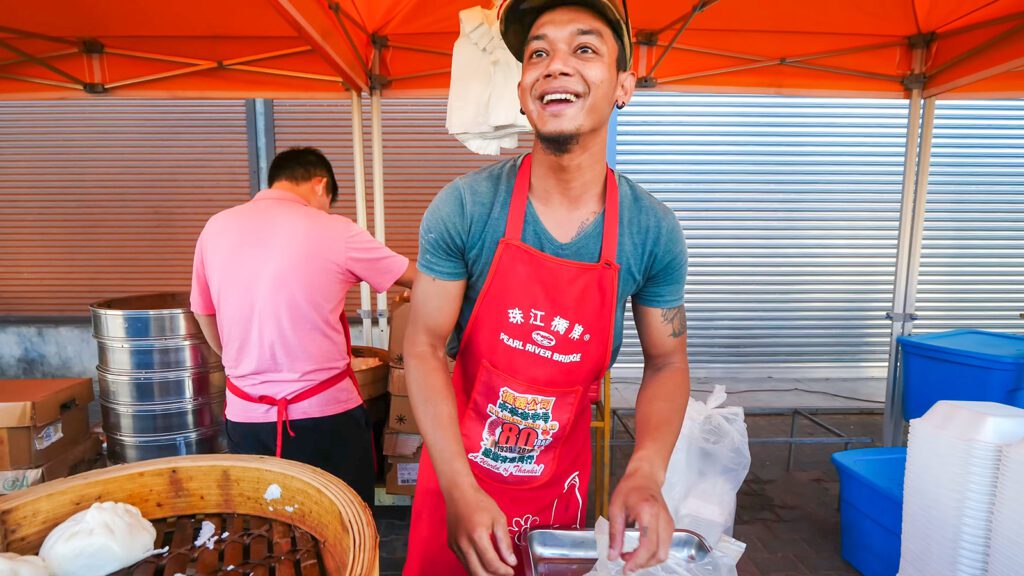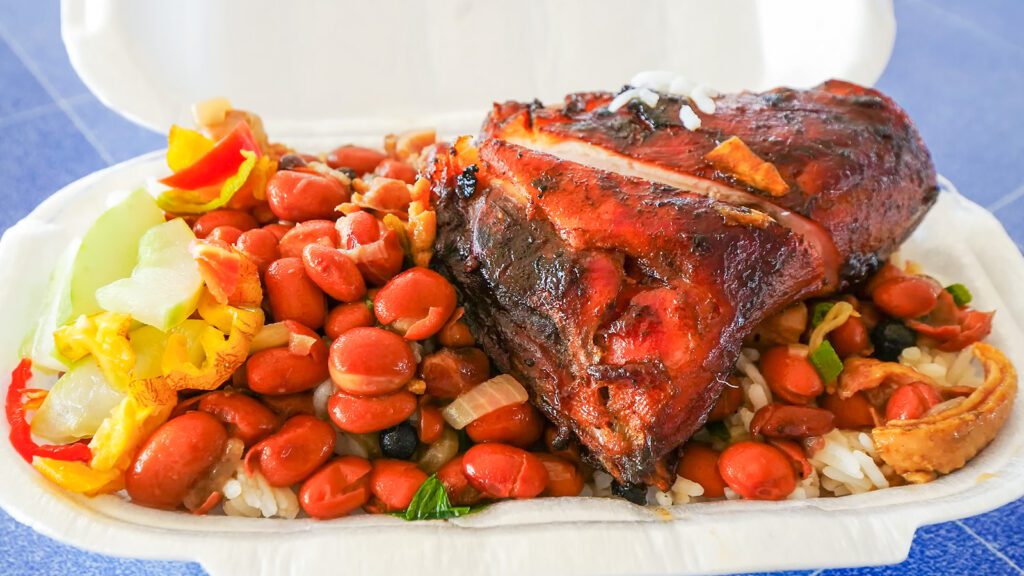Nestled on South America’s Caribbean coast, Suriname is the continent’s smallest country. Despite that, it boasts a rich history and a culinary landscape as diverse as its people. In the summer of 2019, I embarked on a two-week-long food and culture tour of this fascinating nation.
Along the way, I discovered how centuries of cultural influences have shaped this unique Caribbean cuisine. I tried over 150 dishes in Suriname, each with its own unique background and influences. Check out a compilation of every Surinamese dish I tried above before we dive into the country and its history.

Long before European ships appeared on the horizon, Suriname was home to a tapestry of indigenous cultures. As far back as 3000 BC, tribes like the Arawak, Carib, Wayana, and Warao thrived there, and developed agricultural practices and culinary traditions that would form the bedrock of Surinamese cuisine.
The arrival of European colonizers in the 16th century marked a turning point in Suriname’s history. The Dutch, hailing from The Netherlands, would ultimately have the most lasting impact. With them, they brought not just their own culinary traditions but also a dark chapter of history – the Transatlantic Slave Trade.
African Influence and Maroon Culture
The forced migration of enslaved people from Africa to Suriname didn’t just change the demographic landscape; it revolutionized the culinary scene. Many slaves rebelled against their Dutch oppressors, escaping into the dense interior jungles with the aid of indigenous peoples. These escaped former slaves, known as Maroons, developed their own unique culture and cuisine. They blended West African cooking techniques with local ingredients. From there, West African influences became a part of the growing melting pot of Surinamese cuisine.

The abolition of slavery in 1863 didn’t end the influx of diverse cultures into Suriname. The Dutch, seeking to maintain their agricultural economy, recruited indentured servants from far-flung corners of their empire:
This incredible mix of cultures has resulted in a cuisine that defies simple categorization. Dutch, West African, Indonesian, Chinese, Amerindian, and Indian influences all play a part in creating the unique flavors of Suriname.

My culinary exploration of Suriname began in the capital city of Paramaribo. The city is still home to Dutch colonial architecture, which is a nod to the country’s complex history. Here, I had my first taste of pom, a casserole-like dish that combines root vegetables with chicken. It combines both European and African traditions.
I also tried broodje boulet, a sandwich with lots of different ingredients that have both Dutch and Indonesian influences. And I also tried lots of Indonesian, African, Indian, and Chinese foods! It was there that I learned that this Caribbean cuisine is one of the most diverse on Earth!
One of my first stops was Brownsweg, near the Brokopondo Reservoir, where I got my first taste of piranha! Just be careful of the bones; I nearly choked on one! In Galibi, known for its sea turtle nesting sites, I got to try an important element of all Caribbean cuisine: seafood. Here, I was fortunate to try cassava bread, a staple food that has sustained indigenous communities for millennia, and some delicious crab right from the nearby ocean!
My journey then took me to the isolated Isadou Island. There, I experienced a more traditional side of this Caribbean cuisine. The island’s remoteness has helped preserve cooking methods that date back generations. It was here that I tasted bitter melon greens and lots of other local dishes. They included more cassava bread, which can be quite hard to bite through!
The final leg of my trip brought me to the dense jungles of Palumeu. This remote area offered insight into how indigenous culinary traditions have survived and evolved. One dish I tried in the jungle was fried yucca, a staple food that has sustained indigenous communities for millennia.

Suriname’s food scene is a living testament to the power of cultural exchange and the resilience of tradition. From the Indonesian flavors of satay and saoto, to the African influences of peanut soup and pom, to the Chinese dumplings and Amerindian fish, chicken, and vegetables, each bite tells a story of migration, adaptation, and creativity. It’s a Caribbean cuisine relatively few people have heard about, but I believe it deserves to be known worldwide.
As I reflect on my time in Suriname, I’m struck by how this small country offers such a vast and diverse culinary landscape. It’s a place where history isn’t just remembered – it’s savored with every meal.
Have you experienced the unique flavors of Suriname? Share your favorite dishes in the comments below!
Counter
101 Countries • 1432 Cities